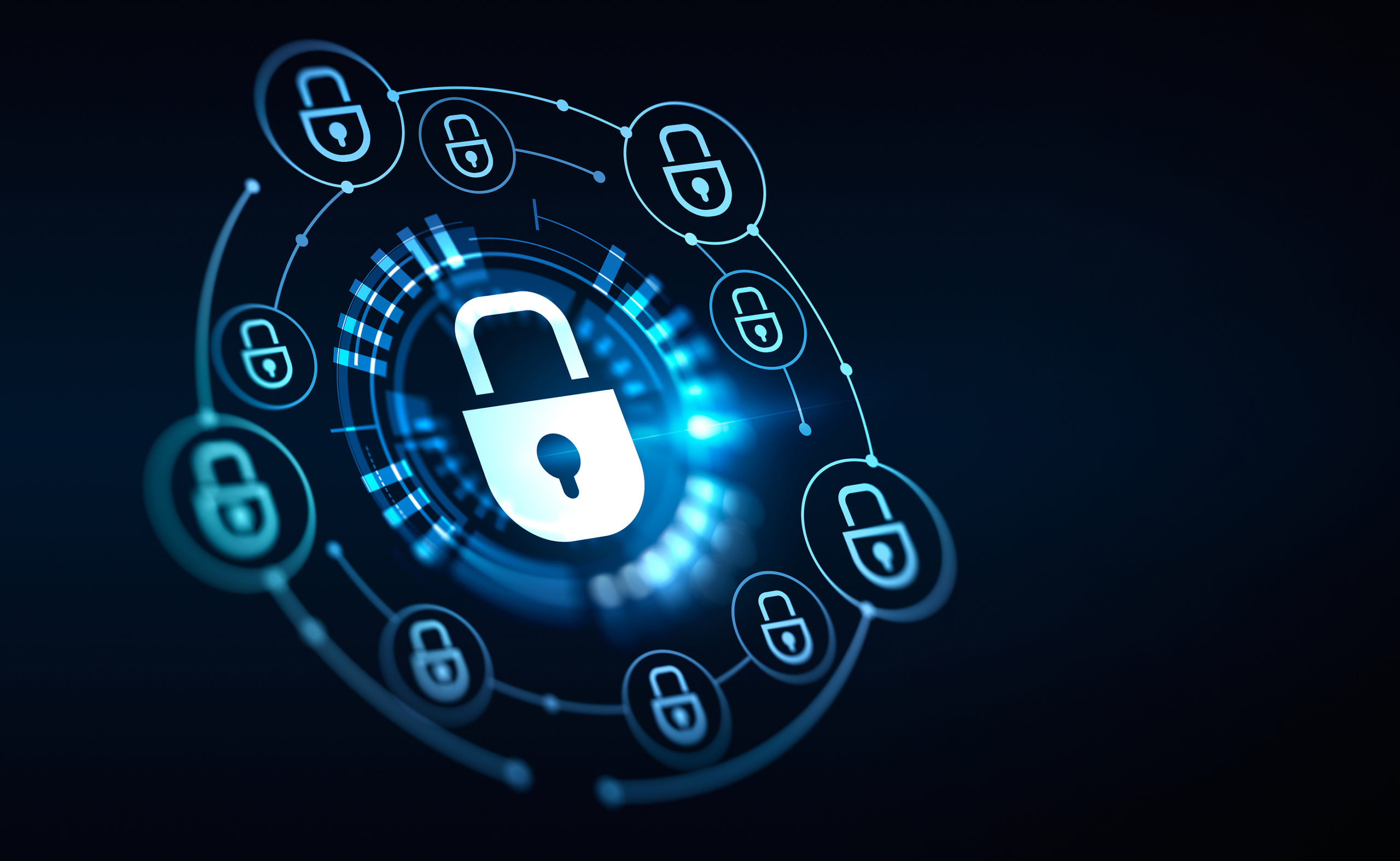
Privileged Access Management
| January 20, 2023As we navigate the digital world, it’s important to have secure access to the right data and applications at the right time. This is where Privileged Access Management (PAM) comes in. PAM is a security protocol that enables organizations to control and monitor access to sensitive data and applications, ensuring that only authorized users can gain secure access.
This type of security protocol is especially important when it comes to educational institutions such as K-12 and higher education institutions, as they are particularly vulnerable to cyberattacks.
With PAM, Institutions can feel more secure in the knowledge that their data and applications are safe.
What is Privileged Access Management (PAM)?
PAM is a security protocol that helps protect digital assets from unauthorized use or access. It enables organizations to control and monitor who has access to certain data or applications, and ensures that access is granted only to authorized users. This is achieved through authentication, authorization, and audit processes.
How Does PAM Work?
PAM works by managing and monitoring privileged access to sensitive data and applications. It does this by requiring users to authenticate first before being granted access. This authentication process is used to verify the authenticity of each user and is usually accomplished through methods like two-factor authentication or a combination of other traditional cybersecurity protocols.
Once the user has been authenticated, they will be granted access to the data they need. The access they are granted will be limited and will depend on their authorization level as well as nature of the data they need to access.
The Benefits of PAM
It’s no secret that educational institutions are prime targets for cyber-attacks. That’s why these institutions need to have a secure access management system in place.
By utilizing PAM, institutions can be sure that their data and applications are safe from unauthorized access. PAM also allows institutions to track and monitor all user access which is crucial to help prevent certain cyber threats.
Not only does PAM provide a secure platform for institutions, but it also can:
- Simplify administrative tasks: By automating processes, it allows administrators to focus more on other areas of security. The less attention they have to place on manual authentication processes, the more time they have to focus on other areas.
- Reduced response times: Automated authentication processes are much faster than manual processes, so it will significantly reduce the amount of time it takes to authenticate a user and grant access to data.
- Increase in operational efficiency and security: By streamlining the authentication process, PAM allows institutions to spend less time and money on dealing with administrative tasks while increasing security efforts.
In today’s digital world, securing access to sensitive data and applications is a must. By implementing PAM, K-12 and higher ed institutions can ensure their data is secure and reduce their risk of being a target of a cyber-attack.
PAM and the benefits it can provide institutions can facilitate the implementation of a secure access management system that works for them.
Implementing PAM in Your Organization
Implementing PAM in your organization can seem like a daunting task, but it’s an essential step in protecting sensitive information and ensuring compliance with data privacy regulations.
Here are a few steps to get you started:
- Identify your sensitive data: Identifying the data and applications that you need to secure means knowing what needs to be protected. This is an important first step in making sure you’re protecting the right information.
- Create roles and policies: Create roles and policies for your privileged users, and determine who can access which resources. Divide users into groups and set access restrictions for each group with as little access as necessary for each user to fulfill their job function.
- Test and audit: Test and audit your system regularly to make sure your security protocols are working as intended. Identifying and responding to any weaknesses in the system will help keep your data secure. All it takes is one person with unauthorized access to create the potential for disaster.
- Train users: Train your users on the policies and procedures they need to follow to ensure secure access to the data and apps they need. They are your first line of defense against malicious attackers and it is vital that they understand the risks and how to protect your systems.
Protecting your institution’s data requires a commitment to security and careful planning, but with the right plan in place, you can be sure your data is safe and secure.
A Better Learning Environment
We live in a digital age, and security is more important now than ever before. Educational institutions are especially vulnerable to cyber-attacks, making it essential that they take the right steps to protect their data and applications.
By implementing PAM, these institutions can ensure their data is safe and secure and can focus on more important matters. With the right plan in place, K-12 and higher ed institutions can focus on improving their learning environment, rather than worrying about security.
Great cybersecurity practices are a critical component of any organization’s IT security strategy, this is especially true of educational environments.
At Concensus Technologies, we have the knowledge, experience, and understanding to provide the best Identity and Access Management guidance. Our solutions are proven to work and save companies from massive cybersecurity issues down the road.
Contact Us to learn more!

